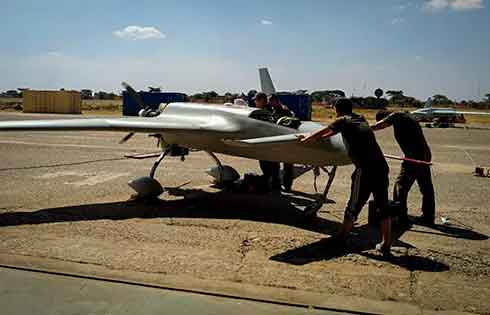NASA probe enters unknown space
|
 |
|
This artist's concept shows NASA's Voyager 1 spacecraft exploring a new region in the solar system called the "magnetic highway" in this handout provided by NASA.[Photo/Agencies]? |
Rather, the spacecraft, which was launched in 1977 for a five-year mission to study Jupiter and Saturn, has found itself in a previously unknown region between the outermost part of the solar system and interstellar space.
It is an unusual and unexpected thoroughfare, a place where charged particles from the sun have virtually disappeared and those coming from galactic cosmic rays beyond the solar system are plentiful.
By that measure alone, scientists initially thought Voyager 1 did indeed finally reach interstellar space on August 25, 2012, becoming the first man-made object to leave the solar system.
But one key measurement killed that theory. The magnetic field in which Voyager 1 traveled was still aligned like the sun's. If the probe were truly in interstellar space, scientists expect that the direction of the magnetic field would be different.
"You can never exclude a really peculiar coincidence, but this was very strong evidence that we're still in the heliosheath" - the bubble of plasma from the sun that surrounds the solar system, said Voyager scientist Leonard Burlaga, with NASA's Goddard Space Fight Center in Greenbelt, Maryland.
Additional measurements later turned up a second odd reading. The cosmic ray particles were not uniformly distributed around Voyager 1 like scientists expected them to be in interstellar space. Instead, the charged particles, which stem from distant supernova explosions, were oriented in particular directions.
That led scientists to conclude that Voyager 1 was in some sort of magnetic boundary zone, where particles from inside and outside the solar system could easily swap places, but where the sun's influence still reigns supreme.
"We have no explanation for why we even found this new region," Burlaga told Reuters.
So far, Voyager's sister probe, Voyager 2, which is exiting the solar system in a different direction, has not encountered the same phenomena - nor may it ever.
"Voyager 2 has seen exactly what the models predicted we would see, unlike Voyager 1, which didn't," said lead scientist Ed Stone, with the California Institute of Technology in Pasadena, California.
Voyager 1 may be in an unusual place where the heliosheath and interstellar space connect, he added.
Voyager 1 is now about 11 billion miles (18 billion km) from Earth. At that distance, it takes radio signals, which move at the speed of light, 17 hours to make a one-way trip to Earth.
Scientists do not know how much farther Voyager has to travel to reach interstellar space. The spacecraft, which is powered by the slow decay of radioactive plutonium, will begin running out of energy for its science instruments in 2020. By 2025, it will be completely out of power.
The research appears in the journal Science this week.


























